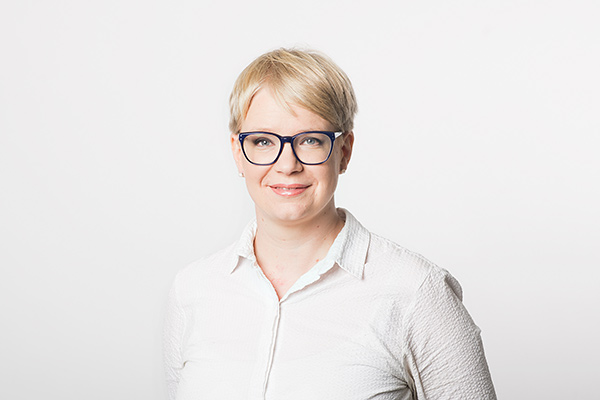Will the new Medical Devices Regulation be a repeat of the GDPR in spring 2018?
The GDPR was discussed for a long period of time. It was marked down in many people’s calendars, and its implementation should not have been all that surprising. Even so, as is often the case with changes, their actual implementation was left to the last week when inboxes were flooded with various reminders of the GDPR.
 Blame was placed on unclear instructions, an obscure regulation that was several thousand pages long and, of course, the complexity of the issue. The real question is why anyone would bother to change their approach and practices when no one else did, and history has shown that the actual interpretation of legislation is only determined after its implementation.
Blame was placed on unclear instructions, an obscure regulation that was several thousand pages long and, of course, the complexity of the issue. The real question is why anyone would bother to change their approach and practices when no one else did, and history has shown that the actual interpretation of legislation is only determined after its implementation.
The Medical Devices Regulation will significantly alter the sector’s practices, and the legislation’s transition period is quickly approaching. After May 2020, nearly all medical devices must be audited by classification institutions as the risk classification of products increases. Additionally, the new stricter regulation will classify many new and already used products as medical devices.
This is a welcome improvement. Various types of applications classified as medical devices will be easy to implement technically. To ensure that products posing a threat to patient safety are not placed on the market, legislation that will apply to this moment will be needed.
On the other hand, new stricter regulation will prove to be expensive and laborious to implement, especially when detailed instructions for the implementation of the regulation have not been provided early enough. Legislation and a quality management system will not take into account the development of artificial intelligence and other technology and their potential. Health technology is changing at such a fast pace that it is impossible to predict what types of new applications will be created over the next few years and how these will meet with the requirements laid down in the new Medical Devices Regulation. This will present challenges for lawmakers. Current regulation should be able to adapt somewhat to possible new innovations to ensure that regulation will not prevent the sector from developing.
The CleverHealth Network will bring completely new products, all of which will be medical devices, to the market as projects progress. The CleverHealth Network’s multi-professional project teams will utilise both technical and medical expertise in their work to develop new applications to meet with actual needs. The regulation required for medical devices will also be taken into account in all projects. This will ensure that the products placed on the market are well-functioning and safe for patients and are also completely new types of products that will improve the quality of patient care and facilitate the work of healthcare professionals.
Kirsti Koivulampi
Product Development Manager
Medical Device Regulations
HUS IT Management
- 07.10.2019 12:51
Will the new Medical Devices Regulation be a repeat of the GDPR in spring 2018? - 12.06.2019 06:00
Healthcare of the future is built on collaboration - 10.12.2018 22:12
Cooperation secures the future

